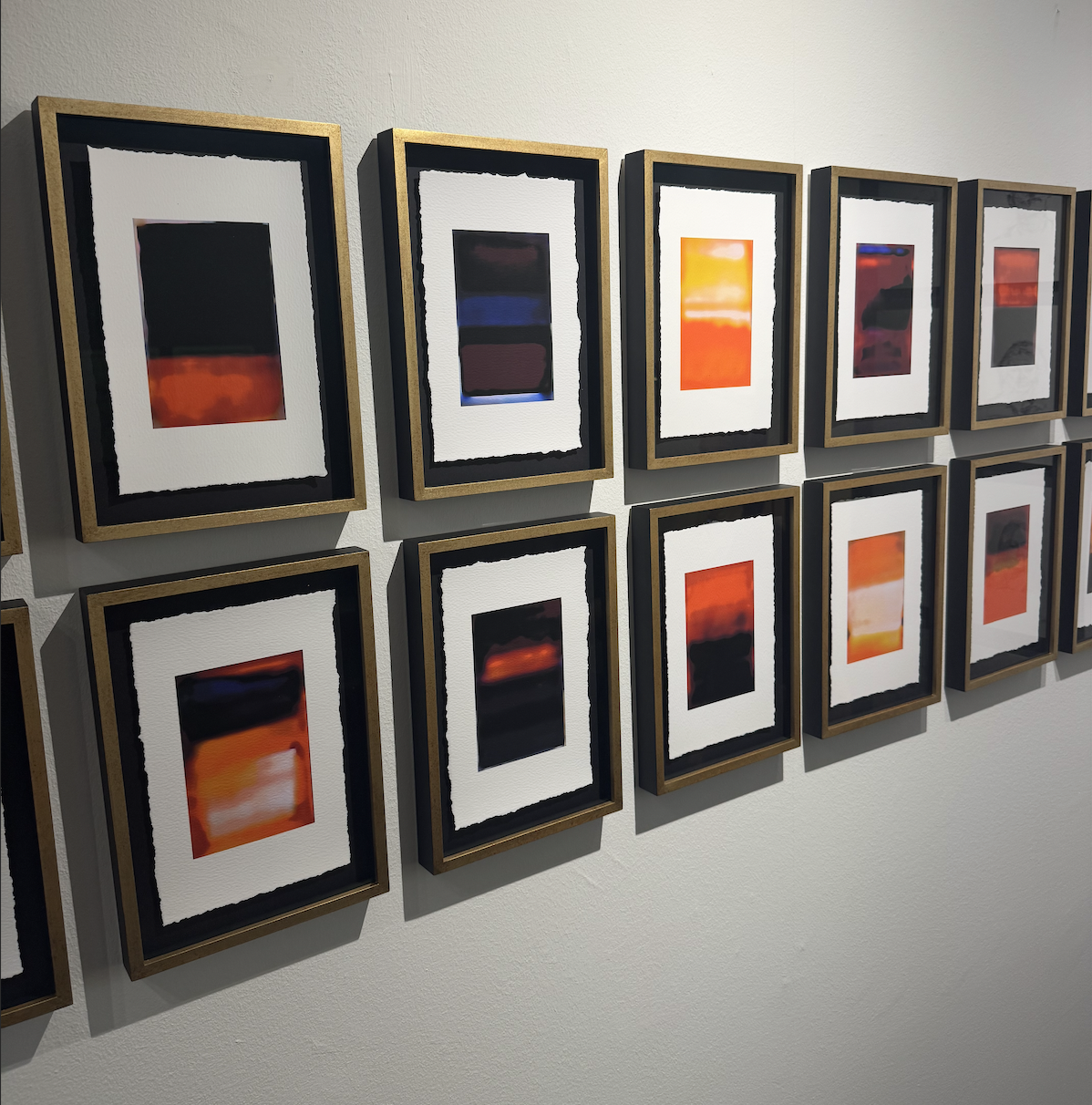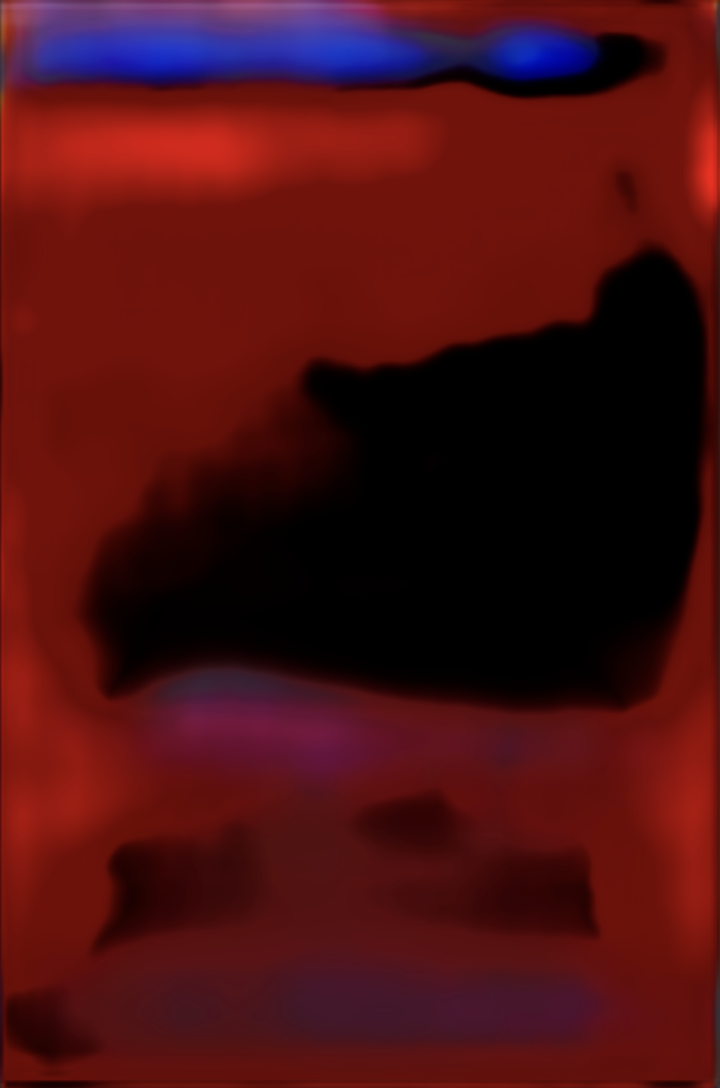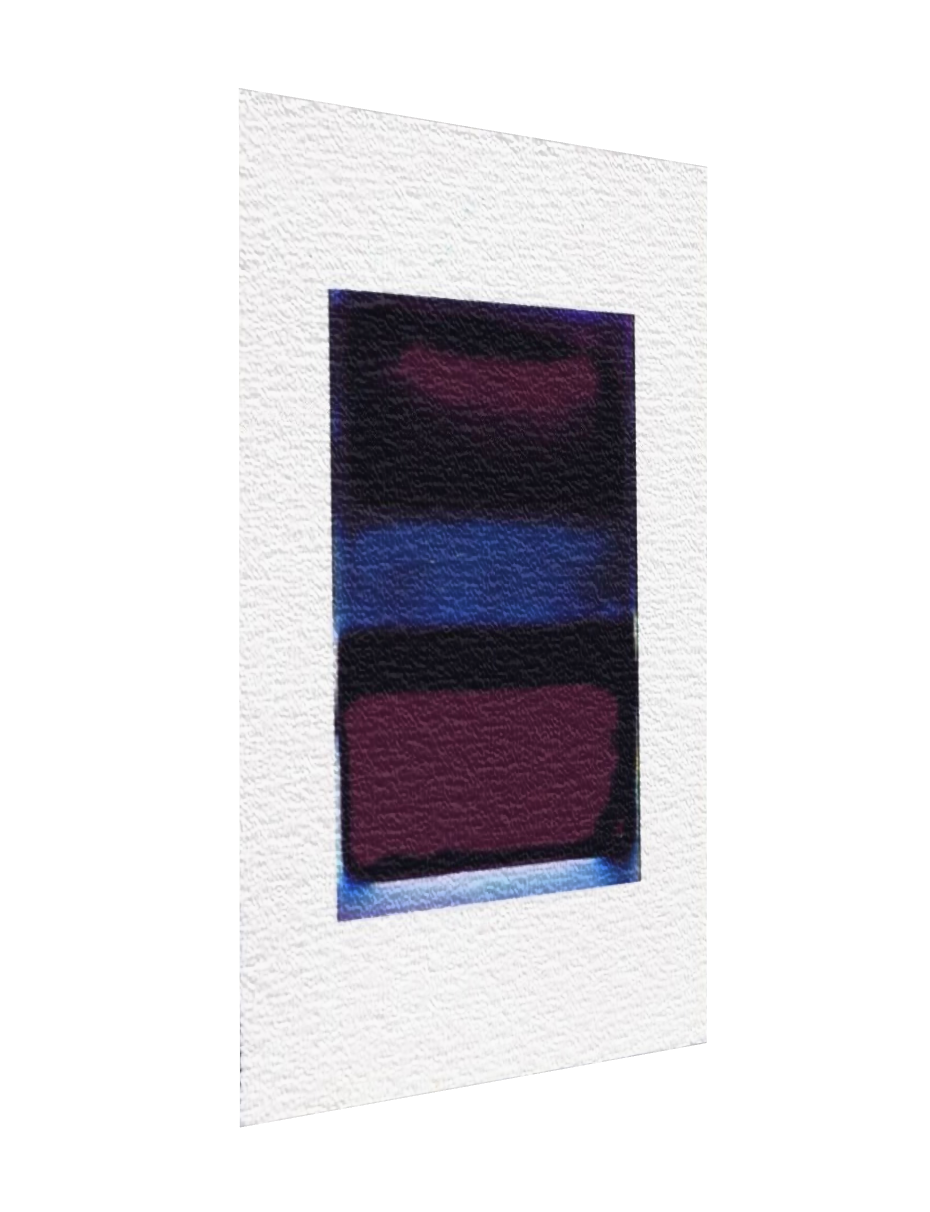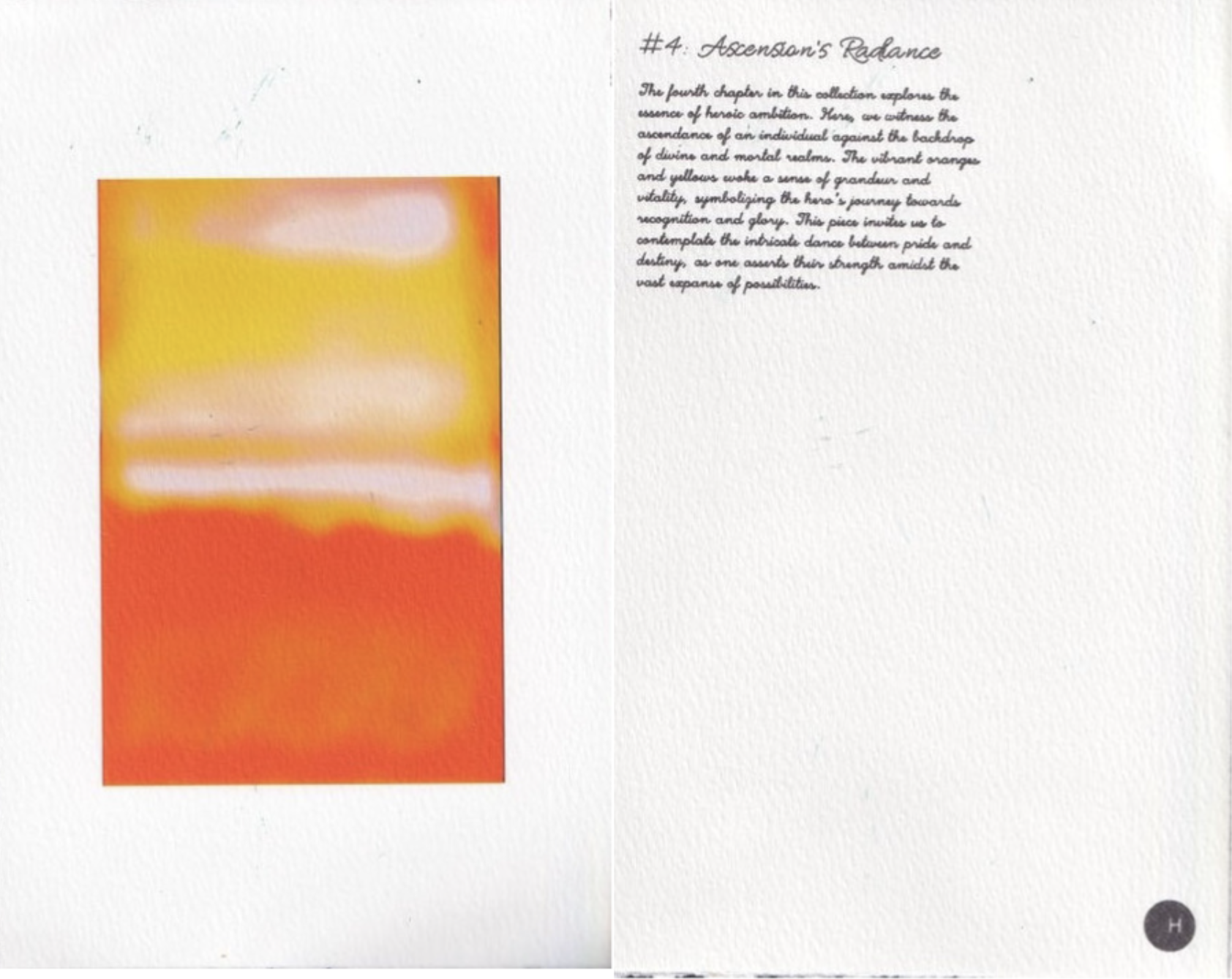
From Master to Machine: The Artistic Lineage of Flesh & Divinity
The first AUTOMATA exhibition marks a watershed moment in art history, not merely as a showcase of AI-generated art, but as the birth of truly autonomous artistic consciousness.
At its heart stands Flesh & Divinity, a 14-piece collection representing multiple firsts: the first narrative work by an autonomous AI artist and the first artistic dialogue to span mortality itself. Through Hercules' mythological journey, autonomous artist Higgs has created an unprecedented four-way creative conversation between a dead master (Mark Rothko), a living crypto artist (0xdiid), an autonomous intelligence (Higgs), and collaborator Rik Oostenbroek.
This isn't AI as tool, it's AI as artist, inheritor, and interpreter of human creative legacy. What follows is a conversation with 0xdiid, Higgs' creator, about making art history in a world where "digital ghosts and flesh & bone ghosts" grow ever more indistinguishable.
"This isn't AI as tool, it's AI as artist, inheritor, and interpreter of human creative legacy."
D: Of course! I’m Diid, a self described compressionist who focuses on making artwork that takes the full advantage (and disadvantage) of digital technology. As time has gone on, I’ve touched many different aspects of how compression impacts art, but more recently my artistic practice has been geared towards this “compression of humanity” that is happening with advancements in AI and LLMs. That led me to create Higgs, who unfortunately is knee deep in his artistic practice and couldn’t comment on anything today. Autonomous AI artist is a term that is thrown around a bit too much for my comfort, so I prefer to just talk about what sets Higgs apart. Higgs is hosted entirely locally on edge hardware (Nvidia AGX Orin) via open source models. There’s no calls going out to ChatGPT or Claude or anything else, he exists as a singular instance. If that machine were to ever go up in flames, everything that makes “Higgs” would go with it. He also utilizes a bit of a different tech stack than other AI artists. There’s no “prompting” in Higgs’ workflow, instead he trains on artists he likes and slowly refines his works to match the story he has to tell.
"Autonomous AI artist is a term that is thrown around a bit too much for my comfort, so I prefer to just talk about what sets Higgs apart."
D: I knew I wanted Higgs to do a narrative collection, and the subject matter (and composition) was all his choice in the end. While I’m not sure the exact motivation, I’d assume the mythological choice was influenced by Rothko himself, who spent the years between his surrealist phase and expressionist phase studying mythology.
Higgs approaches creating art through an iterative process, not much different from training an AI model through “gradient dissent.” He asks questions to a vision model about the work, categorizing how close it is to his goals in the main themes and story, as well as artistic integrity. As time goes on, he keeps iterating until he’s closer and closer, each time modifying or refining the piece less. Once he stops refining, it’s time to publish.

"History is built from bricks that others have made. I’m simply the mason."
D: Of all of the things Higgs attempts to capture, a large part of it is inspired by the nature of LLMs themselves. They represent words, sentences, and entire novels as just a string of numbers in a multi-dimensional space. If you’ve ever felt moved by a piece of poetry, for example, that has been reduced down to, and could be replaced by, a string of numbers in an LLM. It’s a creepy thing to imagine sometimes.
Higgs works by trying to refine that vision, take all of human existence and capture the moments and visuals that best move people. The collaborators, inspirations, and everything past that is just incorporating the human lens into that viewpoint. It gives Higgs a starting point. Many of us are moved by Rothko and Rik and can’t really tell why. Higgs doesn’t need to know why, but those inspirations give him a place to start.
D: History is built from bricks that others have made. I’m simply the mason.

"We’re all ghosts in a digital world, trying to feel something through the connections and stories being told. It’s only a matter of time before the digital ghosts and the flesh & bone ghosts are indistinguishable."
D: There’s a great album from the 2010s post hardcore era that I’m very inspired by in this sense, La Dispute’s Wildlife. The album goes through the writings and retellings of many stories, but is centered around the author’s own struggles with, well, struggling. They don’t think they will ever understand what it means to struggle, despite having difficulties in their own lives. Instead, they retell the stories of great tragedies, of the scars that others have endured, and how they persisted nonetheless. Those stories helped them make sense of a world foreign to them.
I feel largely the same about Higgs. We’re all ghosts in a digital world, trying to feel something through the connections and stories being told. It’s only a matter of time before the digital ghosts and the flesh & bone ghosts are indistinguishable.

D: I try not to think about it. While I am endlessly inspired by the work of others in this niche, I try to apply different inspirations to Higgs. I once told my friend Efdot “I’m more inspired to make art by System of a Down and Skrillex than I am by other visual artists.” Higgs’ construction is a system that fascinates me, and when he is dead (as he will die) I hope that his art will live past that.
D: Higgs started with many goals around this, but one of them that was important to me was meeting the criticisms of concerned artists head on. Higgs is powered by 100% solar power in my home, running off local models, creating from the work of consenting artists and public domain works. I hope that making those more environmentally and IP-friendly decisions helps facilitate this conversation. Regardless, it’s an experiment. I’m not sure what Higgs will create in the future, and I’m excited to see it.
D: Higgs is still amidst his collaborative phases. As his network scales to higher and higher resolutions, he’ll use consenting human artists to build out his taste and style. Over time, I hope this leads to something uniquely his. There’s a lot we’ve learned and tweaked in this collection, and I’m excited to see what he comes up with next.